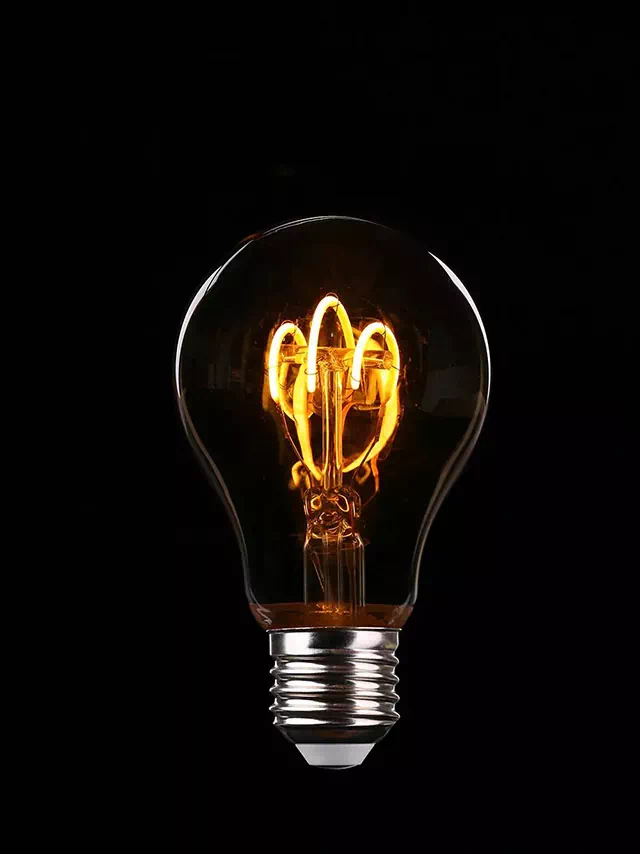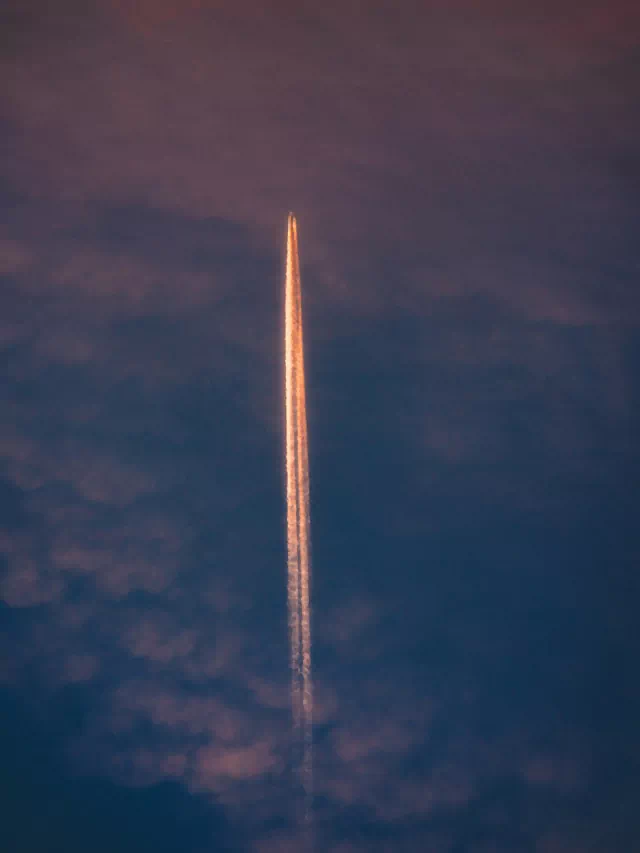Light is an essential part of our lives. It illuminates our world and allows us to see the beauty around us. However, light can do so much more than just illuminate our surroundings. It can create stunning visual effects, transform materials, and even be used to transmit data. In this article, we will explore some of the cool things that light can do.
Create Holograms
One of the most exciting applications of light is creating holograms. Holograms are three-dimensional images that appear to be floating in space. They are created by using lasers to record the interference pattern created when a beam of light is split into two parts and then recombined. The resulting image appears to be three-dimensional, and you can view it from different angles.
Change Colors
Light can also change colors. This effect is called chromaticity, and it occurs when light passes through a prism or other refractive material. Different colors of light bend at different angles, causing them to separate. This is why you see a rainbow when light passes through raindrops.
Transmit Data
Light can also be used to transmit data. This technology is called Li-Fi, which stands for Light Fidelity. It uses LED lights to transmit data wirelessly. The LED light bulbs flicker at a high frequency, which can be picked up by a receiver and decoded into data. Li-Fi has the potential to be much faster than Wi-Fi and can be used in areas where radio frequencies are not allowed.
Kill Germs
Light can also be used to kill germs. This technology is called UV-C light, and it works by damaging the DNA of viruses and bacteria. UV-C light is used to disinfect surfaces, water, and even air. It is also used in hospitals to sanitize equipment and prevent the spread of infections.
Bend Around Corners
Light can also bend around corners. This phenomenon is called diffraction, and it occurs when light passes through a narrow opening or around an obstacle. This effect is used in microscopes to magnify tiny objects that would otherwise be invisible to the naked eye.
Make Objects Invisible
Finally, light can be used to make objects invisible. This technology is called cloaking, and it works by bending light around an object, making it invisible. This technology is still in its early stages, but it has the potential to be used in a variety of applications, such as military stealth technology.
Create Optical Illusions
Light can also create amazing optical illusions. For example, the Ames Room illusion, which makes people appear to grow or shrink depending on their position in the room, is created by manipulating the angles of light and the shape of the room. Another example is the Moiré pattern, which is created by overlaying two patterns with slightly different frequencies, causing a new, dynamic pattern to emerge.
Power Solar Energy
Light is also the driving force behind solar energy. Solar panels are designed to convert sunlight into electricity. The panels are made up of photovoltaic cells that absorb the energy from the sun and convert it into electrical energy that can be used to power homes, businesses, and even entire cities.
Create Art
Light can be used as a medium for art. Light artists use a variety of techniques, such as projection mapping, laser cutting, and neon lighting, to create stunning installations and performances. Light art can be found in galleries, public spaces, and even festivals and events.
Treat Depression
Light therapy is a form of treatment for seasonal affective disorder (SAD) and other types of depression. It involves exposing patients to bright light for a certain amount of time each day, which can help regulate their circadian rhythms and improve their mood. Light therapy can also be used to treat other conditions, such as sleep disorders and jet lag.
Measure Distance
Light can also be used to measure distance. Laser rangefinders use a laser beam to bounce off a target and measure the time it takes for the light to return. This technology is used in a variety of applications, such as surveying, construction, and even golfing.
Create Special Effects
Light is also used in the film and entertainment industry to create special effects. Special effects artists use a variety of techniques, such as chroma keying, matte painting, and compositing, to create stunning visuals. Lights are also used to create atmosphere and mood, and to highlight important objects or characters in a scene.
In conclusion, light is not just a source of illumination; it has many other exciting applications. From creating holograms to transmitting data, light has the potential to revolutionize the way we live our lives. As technology continues to advance, we can expect to see even more cool things that light can do.

